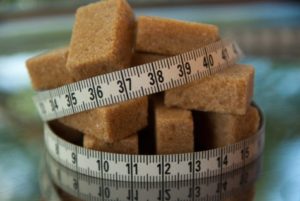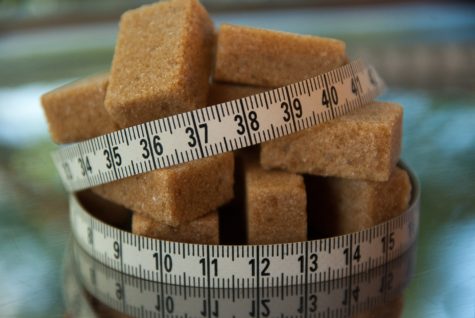CHAPEL HILL, N.C. — No kidding! Consumers often overestimate the nutritional benefits of packaged foods when they see a “no fat” or “no sugar” label, a new study finds.
The research, conducted at the University of North Carolina-Chapel Hill, comes several months after the Food and Drug Administration announced it would be reevaluating healthy labeling policies in order to better define exactly what “healthy” means when it comes to food labels.
Researchers learned that people often believe they’re eating a healthy product because of the wording on the labeling, when in actuality they’re eating something not nutritious at all.

“In many cases, foods containing low-sugar, low-fat or low-salt claims had a worse nutritional profile than those without claims,” says lead investigator Lindsey Smith Taillie, a research assistant professor in the department of nutrition at UNC’s Gillings School of Global Public Health, in a university news release. “In fact, in some cases, products that tend to be high in calories, sodium, sugar or fat may be more likely to have low- or no-content claims.”
One example provided is low-fat chocolate milk. The fat content of low-fat chocolate milk is less than full-fat chocolate milk, but it’s higher in sugar than regular milk and many other beverages. To think that the low-fat label makes it a healthy choice is not necessarily true.
Part of this is due to how the FDA allows labels to be used in different ways for different foods. Taillie explains.
”Essentially, reduced claims are confusing because they are relative and only about one nutrient,” she says. “A low-fat brownie could have three grams of fat per 40 grams, whereas a low-fat cheesecake would have to have three grams of fat per 125 grams. So if a consumer were trying to find a lower-fat option for a dessert, the low-fat brownie would have relatively higher fat than the low-fat cheesecake.”
Further research showed that 13 percent of food and 35 percent of beverage purchases have some variation of a “low” content claim and that high and middle-income families are more likely to purchase them. “Low-fat” was found to be the most common claim among the 80 million food and beverage purchases the team evaluated from 40,000 homes between 2008 and 2012. They hope to do more research on the topic and determine how those claims influence purchases and whether that’s affected by promotions like store sales,
The study was published in the Journal of the Academy of Nutrition and Dietetics.

Anyone who has paid the least bit of attention to the obesity-diabetes epidemic in the last 5-10 years knows that theUSDA Dietary Guidlines for Americans which arose out of the 1977 McGovern Comission (U.S.Senate) Report has been a disaster for the country and the world. It was predicated upon the faslse dogma of Ancel Keys, Ph.D., who pushed his cholesterol theory of coronary heart disease.
This led to the low fat craze which added sugar and salt to make the low fat food taste better. The average paerson takes in about 400 calories/day more than in 1985 and weighs a lot more too. Dump the grains and sugar. Insulin
is the cause of the problem which is killing you. Lose your fear of eating fat. Read Nina Tiecholz.
I agree. She looks pretty hot.